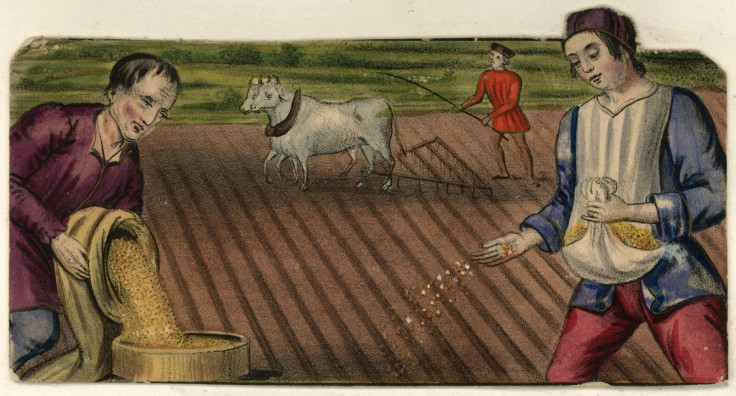What made prehistoric women stronger than today's female athletes and footballers revealed
Women had played an important role in making humans an agrarian society.

Prehistoric women were stronger than today's elite athletes like rowers, according to some researchers, who also believe that it was because of the amount of manual labour they were involved in.
Tilling soil, sowing, harvesting, and grinding flour was all done by hand, making their bones dense and arm strength incredible. They also started working at a really young age and worked throughout their lives, a study reveals.
Prehistoric women did not leave the physical labour to men. In fact, going by the findings of Alison Macintosh, lead author of the study and anthropologist at Cambridge University, it seems like they did their fair share of the farming work.
"Now we can kind of see, actually there's these thousands of years of rigorous manual labour that had been completely underestimated," she said in an interview with the Verge.
Over a period covering 6,000 years, she says that women played a key role and were a driving force behind the cultural and social development of agricultural communities. This time period stretches from 5300 BCE to around 850 AD, and researchers studied the bones of 94 women from cemeteries around Central Europe.
Studying how men and women behaved in the past and what their roles were in the communities they lived in involves the study of tools and other archaeological evidence, like their skeletons, the report states. Bones can be treated as memory devices that record the health of people. Bones store a lot of information related to nourishment and physical activity. They work as a biological record, so if a person works a lot, their muscles will get strong and so will their bones.
Studies prior to this have shown how humans evolved from being hunter-gatherers to a more agrarian and the changes reflected in their bones. As people started farming and stopped wandering the Earth, their upper bodies eventually got stronger and lower bodies got weaker. They began to work with their arms, farming and tending to livestock.
Men's bones respond differently to women's bones to such changes in physical activity and so changes are more readily apparent with men than with women. That is why comparing women's bones to men's is not an accurate way to find out how much work each of them did, the study notes. "They just look much weaker than men, so we think they're not doing anything when that's really not the case," Macintosh explains.
This is why she used modern day women as an apt basis for comparison. After scanning the upper arm bones and shin bones of 94 women from the neolithic to the middle ages, she compared them to scans of women from Cambridge. She used a mix of women from those who led a sedentary lifestyle, to those who played football, athletes and rowers. The prehistoric women were found to consistently have stronger arms.
Women who lived 7,000 years back had 11 to 16 percent stronger arms than modern day women and it means that women were working hard from the time their bones were still growing, when they were young, notes the Verge.
Legs, however, were quite different, with certain women having legs as strong as runners, while others were weaker than modern women, the study found. Some women probably sat indoors, grinding flour all day, while others might have had to tend to cattle or get water from far away. Either way, notes the report, they had incredible upper body strength.
"This kind of work just highlights the role of women in the development of life as we know now," Macintosh says. "We all pretty much live in agricultural societies now. And these couldn't have developed without all of this manual labour done by women over thousands of years."





















